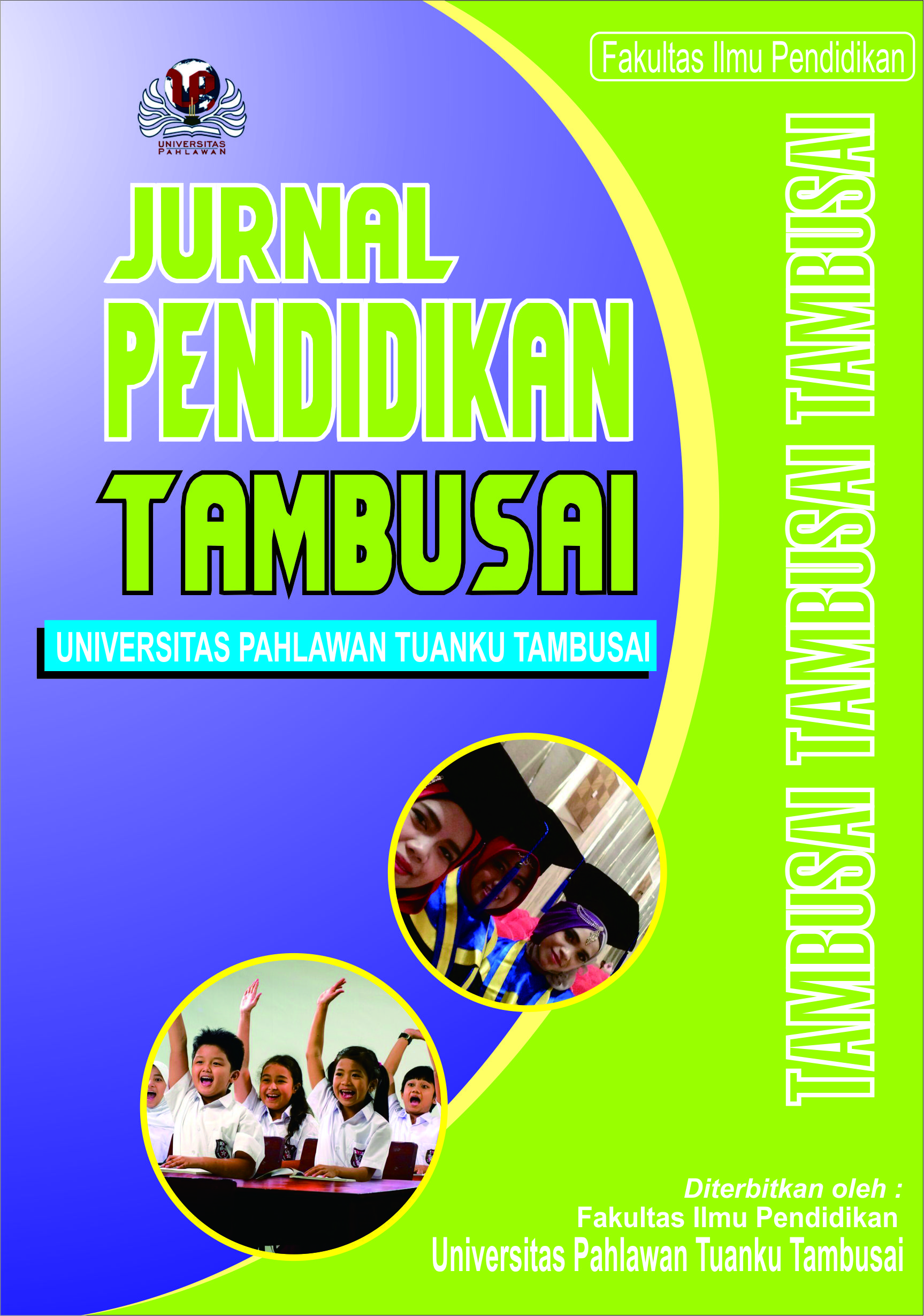Mengurangi Perilaku Memberontak pada Anak Gangguan Spektrum Autisme melalui Terapi Musik Klasik di LDPI Kota Padang
DOI:
https://doi.org/10.31004/jptam.v8i1.13989Keywords:
Musik Klasik, Memberontak, GSAAbstract
References
Bektiningsih, Kurniana. 2009. “Program Terapi Anak Autis.” 39(November): 95–110.
Charitas, Rully, dan Indra Prahmana. 2021. Single Subject Research.
Damri, Damri et al. 2018. “Mengurangi Perilaku Stereotype Menjilat Tangan pada Siswa Autis Melalui Teknik Aversi.” Jurnal Pendidikan Kebutuhan Khusus 2(2): 10.
Firdausiyah, Nuri, dan Wiwik Widajati. 2013. “Terapi Musik Klasik Terhadap Perilaku Hiperaktif Pada Anak Autis.” Jurnal Pendidikan Khusus 13(3): 576.
Iskandar, Siska, dan Indaryani Indaryani. 2020. “Peningkatan Kemampuan Interaksi Sosial pada Anak Autis Melalui Terapi Bermain Assosiatif.” JHeS (Journal of Health Studies) 4(2): 12–18.
Iswari, Mega, Elsa Efrina, Kasiyati Kasiyati, dan Arisul Mahdi. 2018. “Bermain Peran: Sebuah Metode Pembelajaran Untuk Mengembangkan Keterampilan Sosialisasi Anak Autis.” Jurnal Pendidikan Kebutuhan Khusus 2(2): 39–42.
Karmila, Yanti, Fatmawati Fatmawati, dan Mega Iswari. 2016. “Mengurangi Perilaku Berkata Negatif Melalui Prosedur Aversi Pada Anak Autis X.” E-JUPEKhu: Jurnal Ilmiah Pendidikan Khusus 5(2): 145–53.
Nurhaedah, Irmawatini. 2017. Metodologi Penelitian.
Ratajczak, Helen V. 2011. “Theoretical aspects of autism: Causes-A review.” Journal of Immunotoxicology 8(1): 68–79.
Suteja, Jaja, dan Ruwanti Wulandari. 2013. “Bentuk dan Model Terapi Terhadap Anak-Anak Penyandang Autisme (Keterbelakangan Mental).” Scientiae Educatia 2(April): 113–24.
Downloads
Published
How to Cite
Issue
Section
Citation Check
License
Copyright (c) 2024 Anisa Aprillia

This work is licensed under a Creative Commons Attribution-ShareAlike 4.0 International License.
Authors who publish with this journal agree to the following terms:
- Authors retain copyright and grant the journal right of first publication with the work simultaneously licensed under a Creative Commons Attribution License that allows others to share the work with an acknowledgement of the work’s authorship and initial publication in this journal.
- Authors are able to enter into separate, additional contractual arrangements for the non-exclusive distribution of the journal’s published version of the work (e.g., post it to an institutional repository or publish it in a book), with an acknowledgement of its initial publication in this journal.
- Authors are permitted and encouraged to post their work online (e.g., in institutional repositories or on their website) prior to and during the submission process, as it can lead to productive exchanges, as well as earlier and greater citation of published work (See The Effect of Open Access).



